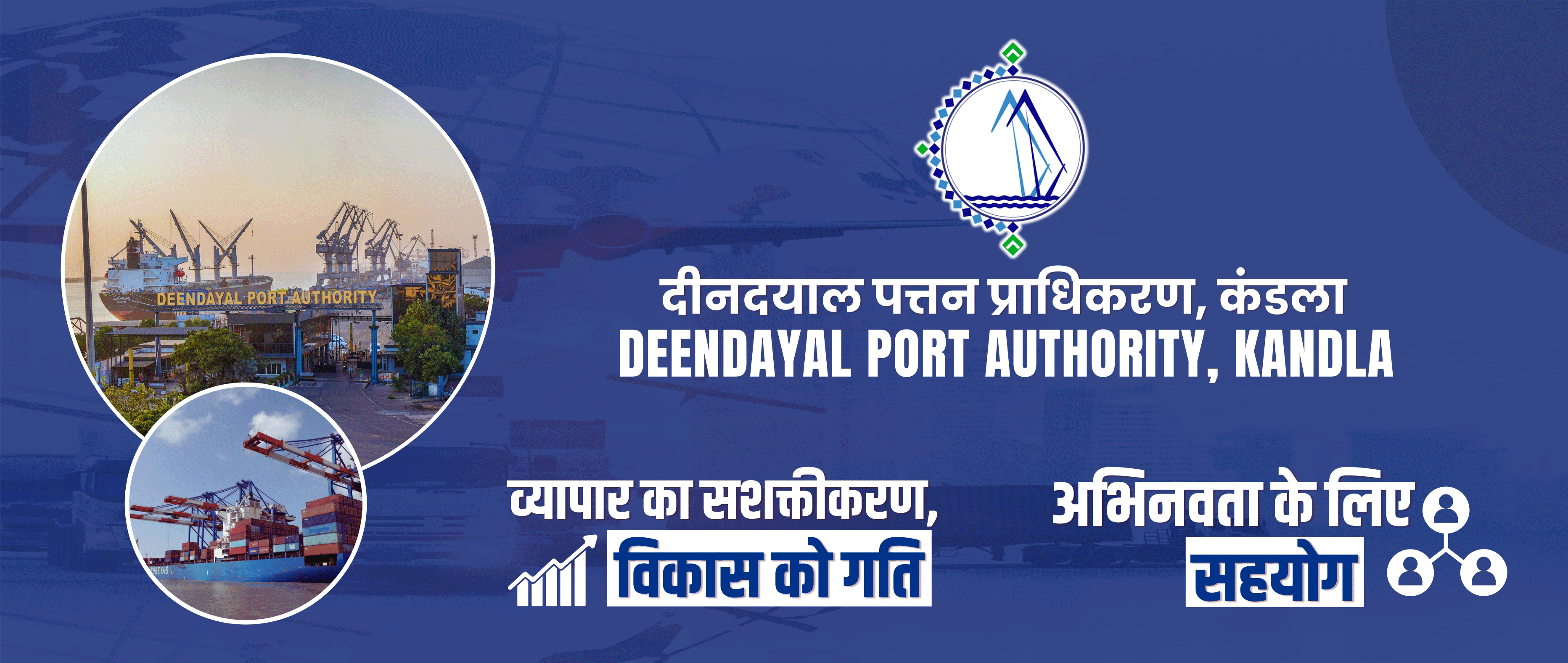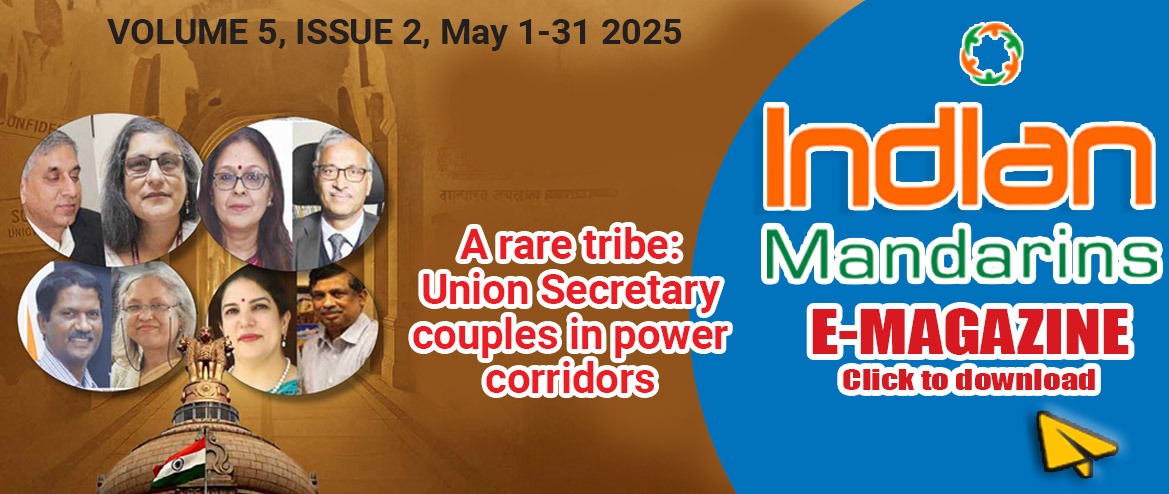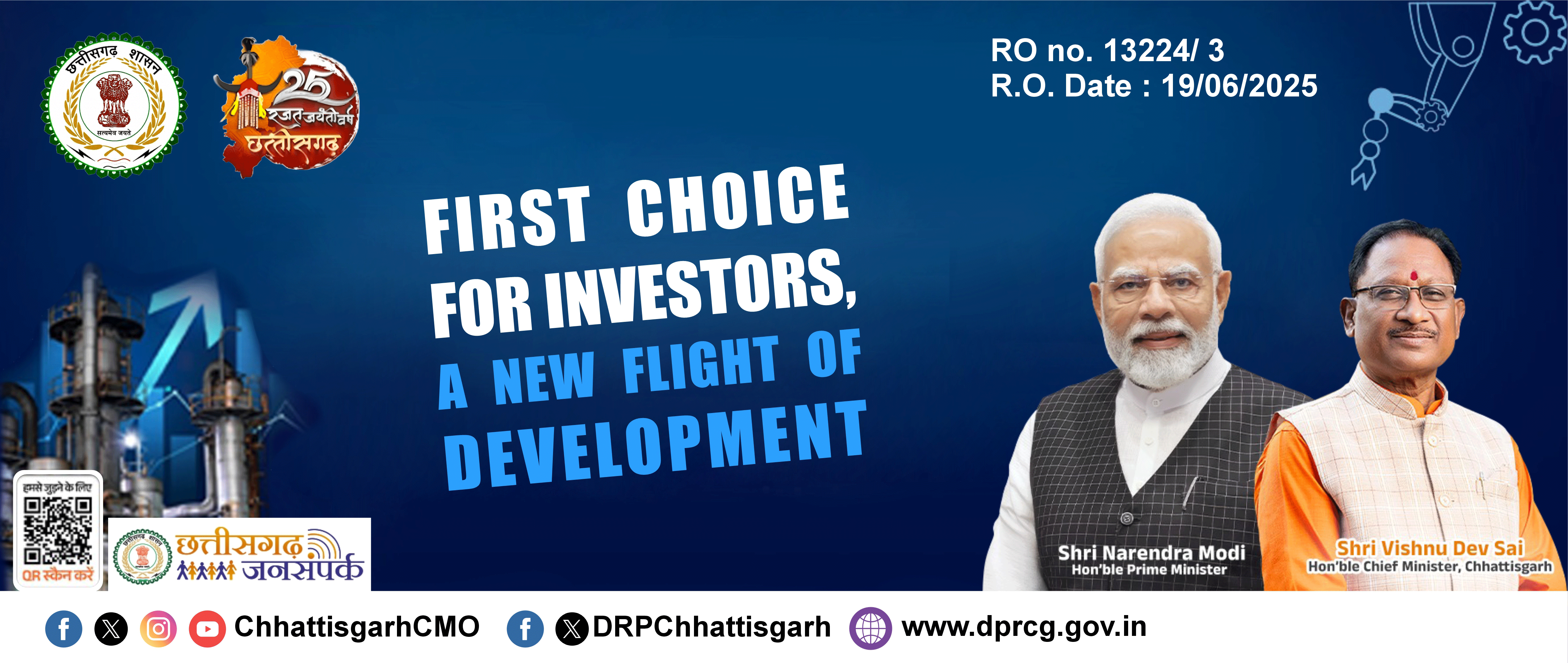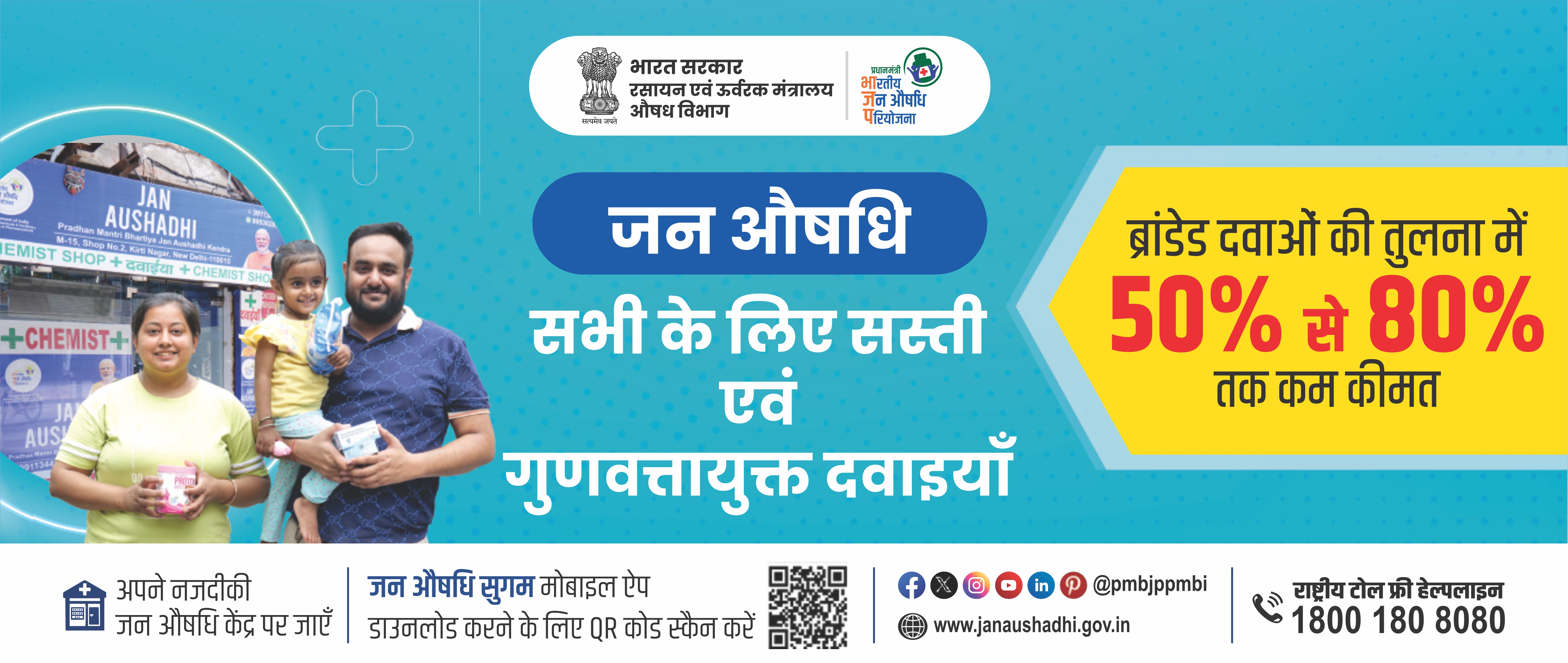TO RECIEVE EXCLUSIVE POSTS AND NEWS
New Delhi (18.01.2021): The idea of creating a Bank Investment Company (BIC), as an umbrella organization for PSBs, has been rolling for the past six years. It first surfaced in the PJ Nayak Committee Report submitted to the government on May 12, 2014. But it gathered no moss, or taker, between North and South Block since - even after it was extensively discussed in the first-ever bankers' retreat that was nicknamed 'Gyan Sangam' held in the same year by the NDA administration. But new streams of Gyan Sangam, created by Chief Economic Adviser Krishnamurthy Subramanian, has taken the idea to the budget table. Why? Because Subramanian, fondly called Subbu, was a member of the Nayak committee and is seen as a strong votary of reforming PSBs through the instrument of BIC. Open-source information (OSINF) indicates that everyone - RBI officials including its pragmatic Governor Shaktikanta Das, as well as public and private sector bankers - is on board now and aligned to the idea of constituting BIC. Although no one is seen to be particularly averse to the idea of also constituting a Bad Bank to take over and absorb the NPAs of the PSBs in particular and all the scheduled commercial banks in general, it is considered prudent by one and all to instead unveil the BIC plan in the FY22 budget on February 1, 2021. Why is the BIC idea considered prudent? Because it will free the government from the recurring problem of recapitalizing the PSBs, create a professional management culture for the PSBs, increase its return on capital invested in the PSBs, and help the PSBs grow to the global level of performance. Further, bankers have pointed out to the government that the Bad Bank idea is neither here nor there; it may merely transfer the stressed assets to another entity to make the balance-sheet of PSBs look better without solving the structural and fundamental problems that are born out of their entropic state for a very, very long time. It has been also pointed out to the FinMin that there already exists a number of remedies to mounting NPA problems in the form of the asset reconstruction companies (ARCs), IBC, DRTs, and SARFAESI Act 2002. Since the latest RBI data shows that these wide arrays of mechanisms, despite IBC, have ensured only an average recovery rate of 23.2% (which is rather elevated because of the IBC contribution that has a recovery rate of 45%; in fact, the performance of other instruments of recovery is far inferior ranging from 4% to 27%), the Bad Bank idea may turn out to be a big flop. So, if the government is at all focused on accelerating the recovery rate, it had better strengthen IBC through the bunch of ideas already on its table. What has invigorated the prebudget Gyan Sangams' view on the BIC is said to be the strong government determination to break with the past practices in the banking industry and set it on course with the best global practices. Lending urgency to decisive government action is the fact the PSBs continue to remain vulnerable to NPA hangover because of uncertain economic futures, though it may be argued that it may not recur in the near or medium-term with the intensity and quantum of the past. Whatever, the government simply does not have adequate resources to go on recapitalizing the PSBs, because its own finances are stressed by the pandemic. Overall, the PSBs are seen to have been relatively successful in preventing and curbing the corporate loot that came to be highlighted by the huge defaults of certain companies in the first term of the NaMo administration. But even as the PSBs were getting back to clean up their books of account, the Chinese Communist Party (CCP) virus induced a fever of assets contamination in the calendar year 2020 as the engines of the economy were shut and the lockdowns enforced locally as well as globally for more than six months triggered production and profit losses. The CCP virus hit the country's MSME the hardest - and impacted their ability to clear up their liabilities. The most severely hit MSME, despite timely and liberal financial packages, were unable to cope with consequences of the extended lockdowns and slipped on payment of their debts to the PSBs.The Gross Non-Performing Assets (GNPA) of the PSBs from the badly-hit MSME sector is indicated in their accumulation of higher than 90-days overdue levels. According to the Reserve Bank of India’s Financial Stability Report (FSR) which did not include figures on corporate borrowing that may turn substandard, regulatory reliefs have not been sufficient to mitigate the pains of the MSME sector and this had impacted their capacity to clear up what, in banking parlance, is called a position of over 90 days past due (DPD). It is also emerging that the regulatory pandemic-induced reliefs may not have been able to safely cushion against the delinquencies of retail and small-ticket borrowers. The PSBs dominate this segment too, and hence they may gather more NPAs here also than private and foreign banks. Therefore, the FSR fears that the PSBs GNPA ratio of 9.7% in September 2020 may accelerate to 16.2% in September 2021 under the baseline scenario, while the GNPA ratio of private sector banks and foreign banks may climb from 4.6% and 2.5% to 7.9% and 5.4% in the corresponding period. If the scenario turns grimmer than assumed by the FSR, the GNPA ratios of PSBs, private banks, and foreign banks may swell to 17.6%, 8.8%, and 6.5% by September 2021. For this to happen, the economy has to really shoot itself in the foot, or be shot by someone else. But the country's economy, as pointed out by S&P Global in a report on January 13, 2021, has "bounced back faster than initially expected". This view, based on empirical evidence, was also endorsed a day later on January 14, 2021 by IMF MD Kristalina Georgieva. She said "the country actually has taken very decisive action, very decisive steps to deal with the pandemic and to deal with the economic consequences of it." The Fund is now likely to come with its detailed assessment of the Indian economy on January 26, 2021. Proprietary indexes of Nomura and Jefferies also sustain the view of S&P Global and the IMF on the resurgence of the Indian economy after new COVID-19 cases started decelerating from the September peak. The progressing resurgence may need a lot of fuel in the form of capital infusion in the PSBs to sustain itself. How will this capital be mobilized may be answered in the FY22 budget. Meantime, large public-sector banks have indicated that they may not require much capital support because they don't fear that the bulk of their loans would need restructuring. OSINF reports indicate that State Bank of India may have to restructure less than 1% of its loans, while Union Bank of India and Punjab National Bank restructuring may involve less than 3% of their loans books. This optimism is based on the assessment that most of the borrowers seem to have weathered the pandemic much better than expected, are beginning to emerge in one piece, and look fit to pay back their debts. Yet, to insure the PSBs against future shocks, it seems like the time for executing the BIC idea has arrived. (By M K Shukla & Rakesh Ranjan)
- Bank Investment Company
- Umbrella organization
- Chief Economic Adviser
- Krishnamurthy Subramanian
- PJ Nayak Committee Report
- South Block
- North Block
- Nayak committee
- OSINF
- Shaktikanta Das IAS
- RBI governor
- RBI
- Reserve Bank Report
- Reserve Bank of India
- Banking Sector
- Banking system in India
- Banking
- Public Sector Banks
- PSBs
- Exclusive News
- Indianmandarins Exclusive
- Exclusive news on bureaucracy
Readers' Choice
V Anbukumar appointed as Karnataka’s new Chief Electoral Officer Just now
Kerala: Minhaj Alam appointed Principal Secretary, Forest & Wildlife Just now
Haryana IAS may be forcibly retired for her long absence from duty 21 hours ago
Bihar Chief Secretary may get service extension 07 Jul 2025
Rajasthan Govt recommends halting pension of IAS officer in wheat scam case 07 Jul 2025
Officials take BIC proposal to Budget room
By M K Shukla & Rakesh Ranjan - 2021-01-18 10:55:00

New Delhi (18.01.2021): The idea of creating a Bank Investment Company (BIC), as an umbrella organization for PSBs, has been rolling for the past six years. It first surfaced in the PJ Nayak Committee Report submitted to the government on May 12, 2014. But it gathered no moss, or taker, between North and South Block since - even after it was extensively discussed in the first-ever bankers' retreat that was nicknamed 'Gyan Sangam' held in the same year by the NDA administration.
But new streams of Gyan Sangam, created by Chief Economic Adviser Krishnamurthy Subramanian, has taken the idea to the budget table. Why? Because Subramanian, fondly called Subbu, was a member of the Nayak committee and is seen as a strong votary of reforming PSBs through the instrument of BIC.
Open-source information (OSINF) indicates that everyone - RBI officials including its pragmatic Governor Shaktikanta Das, as well as public and private sector bankers - is on board now and aligned to the idea of constituting BIC.
Although no one is seen to be particularly averse to the idea of also constituting a Bad Bank to take over and absorb the NPAs of the PSBs in particular and all the scheduled commercial banks in general, it is considered prudent by one and all to instead unveil the BIC plan in the FY22 budget on February 1, 2021.
Why is the BIC idea considered prudent? Because it will free the government from the recurring problem of recapitalizing the PSBs, create a professional management culture for the PSBs, increase its return on capital invested in the PSBs, and help the PSBs grow to the global level of performance.
Further, bankers have pointed out to the government that the Bad Bank idea is neither here nor there; it may merely transfer the stressed assets to another entity to make the balance-sheet of PSBs look better without solving the structural and fundamental problems that are born out of their entropic state for a very, very long time.
It has been also pointed out to the FinMin that there already exists a number of remedies to mounting NPA problems in the form of the asset reconstruction companies (ARCs), IBC, DRTs, and SARFAESI Act 2002. Since the latest RBI data shows that these wide arrays of mechanisms, despite IBC, have ensured only an average recovery rate of 23.2% (which is rather elevated because of the IBC contribution that has a recovery rate of 45%; in fact, the performance of other instruments of recovery is far inferior ranging from 4% to 27%), the Bad Bank idea may turn out to be a big flop. So, if the government is at all focused on accelerating the recovery rate, it had better strengthen IBC through the bunch of ideas already on its table.
What has invigorated the prebudget Gyan Sangams' view on the BIC is said to be the strong government determination to break with the past practices in the banking industry and set it on course with the best global practices.
Lending urgency to decisive government action is the fact the PSBs continue to remain vulnerable to NPA hangover because of uncertain economic futures, though it may be argued that it may not recur in the near or medium-term with the intensity and quantum of the past. Whatever, the government simply does not have adequate resources to go on recapitalizing the PSBs, because its own finances are stressed by the pandemic.
Overall, the PSBs are seen to have been relatively successful in preventing and curbing the corporate loot that came to be highlighted by the huge defaults of certain companies in the first term of the NaMo administration. But even as the PSBs were getting back to clean up their books of account, the Chinese Communist Party (CCP) virus induced a fever of assets contamination in the calendar year 2020 as the engines of the economy were shut and the lockdowns enforced locally as well as globally for more than six months triggered production and profit losses.
The CCP virus hit the country's MSME the hardest - and impacted their ability to clear up their liabilities.
The most severely hit MSME, despite timely and liberal financial packages, were unable to cope with consequences of the extended lockdowns and slipped on payment of their debts to the PSBs.The Gross Non-Performing Assets (GNPA) of the PSBs from the badly-hit MSME sector is indicated in their accumulation of higher than 90-days overdue levels.
According to the Reserve Bank of India’s Financial Stability Report (FSR) which did not include figures on corporate borrowing that may turn substandard, regulatory reliefs have not been sufficient to mitigate the pains of the MSME sector and this had impacted their capacity to clear up what, in banking parlance, is called a position of over 90 days past due (DPD).
It is also emerging that the regulatory pandemic-induced reliefs may not have been able to safely cushion against the delinquencies of retail and small-ticket borrowers. The PSBs dominate this segment too, and hence they may gather more NPAs here also than private and foreign banks.
Therefore, the FSR fears that the PSBs GNPA ratio of 9.7% in September 2020 may accelerate to 16.2% in September 2021 under the baseline scenario, while the GNPA ratio of private sector banks and foreign banks may climb from 4.6% and 2.5% to 7.9% and 5.4% in the corresponding period.
If the scenario turns grimmer than assumed by the FSR, the GNPA ratios of PSBs, private banks, and foreign banks may swell to 17.6%, 8.8%, and 6.5% by September 2021. For this to happen, the economy has to really shoot itself in the foot, or be shot by someone else.
But the country's economy, as pointed out by S&P Global in a report on January 13, 2021, has "bounced back faster than initially expected". This view, based on empirical evidence, was also endorsed a day later on January 14, 2021 by IMF MD Kristalina Georgieva. She said "the country actually has taken very decisive action, very decisive steps to deal with the pandemic and to deal with the economic consequences of it." The Fund is now likely to come with its detailed assessment of the Indian economy on January 26, 2021.
Proprietary indexes of Nomura and Jefferies also sustain the view of S&P Global and the IMF on the resurgence of the Indian economy after new COVID-19 cases started decelerating from the September peak.
The progressing resurgence may need a lot of fuel in the form of capital infusion in the PSBs to sustain itself. How will this capital be mobilized may be answered in the FY22 budget.
Meantime, large public-sector banks have indicated that they may not require much capital support because they don't fear that the bulk of their loans would need restructuring. OSINF reports indicate that State Bank of India may have to restructure less than 1% of its loans, while Union Bank of India and Punjab National Bank restructuring may involve less than 3% of their loans books. This optimism is based on the assessment that most of the borrowers seem to have weathered the pandemic much better than expected, are beginning to emerge in one piece, and look fit to pay back their debts.
Yet, to insure the PSBs against future shocks, it seems like the time for executing the BIC idea has arrived.
(By M K Shukla & Rakesh Ranjan)






























